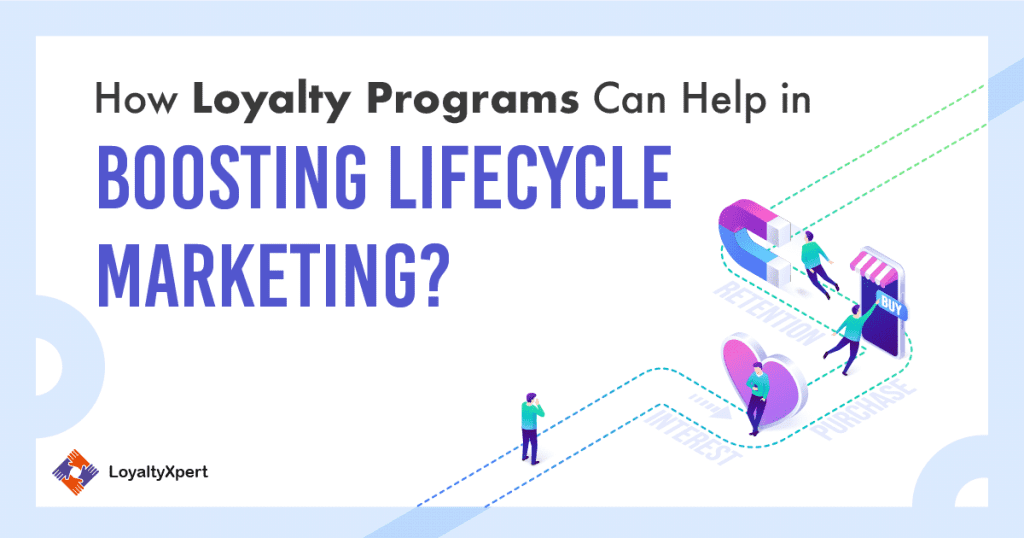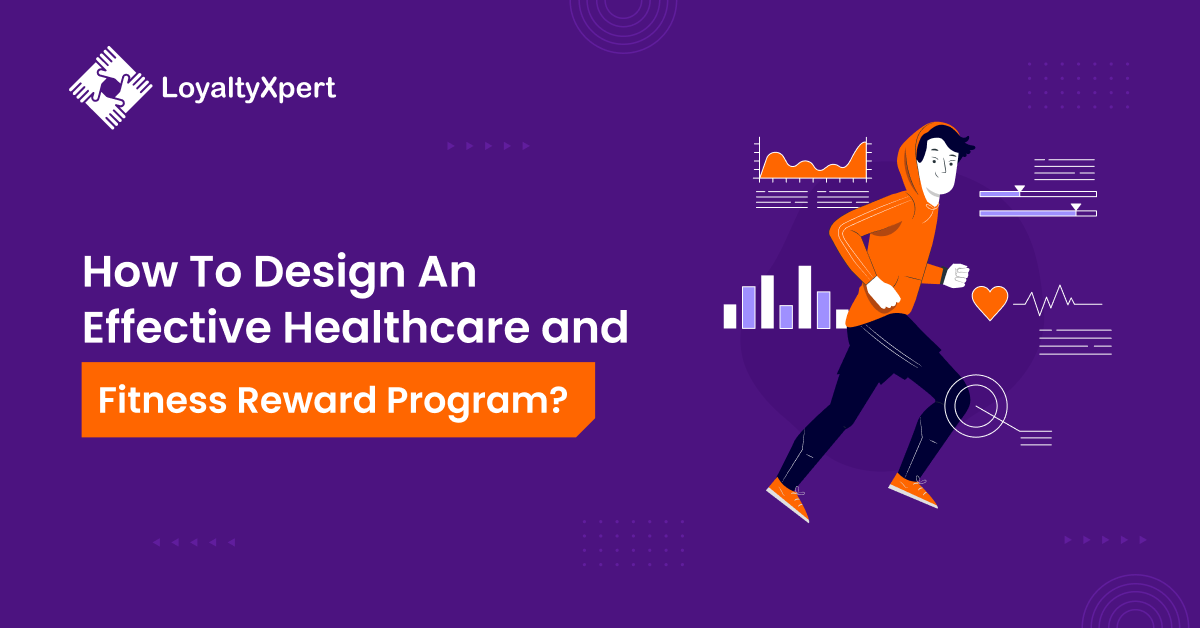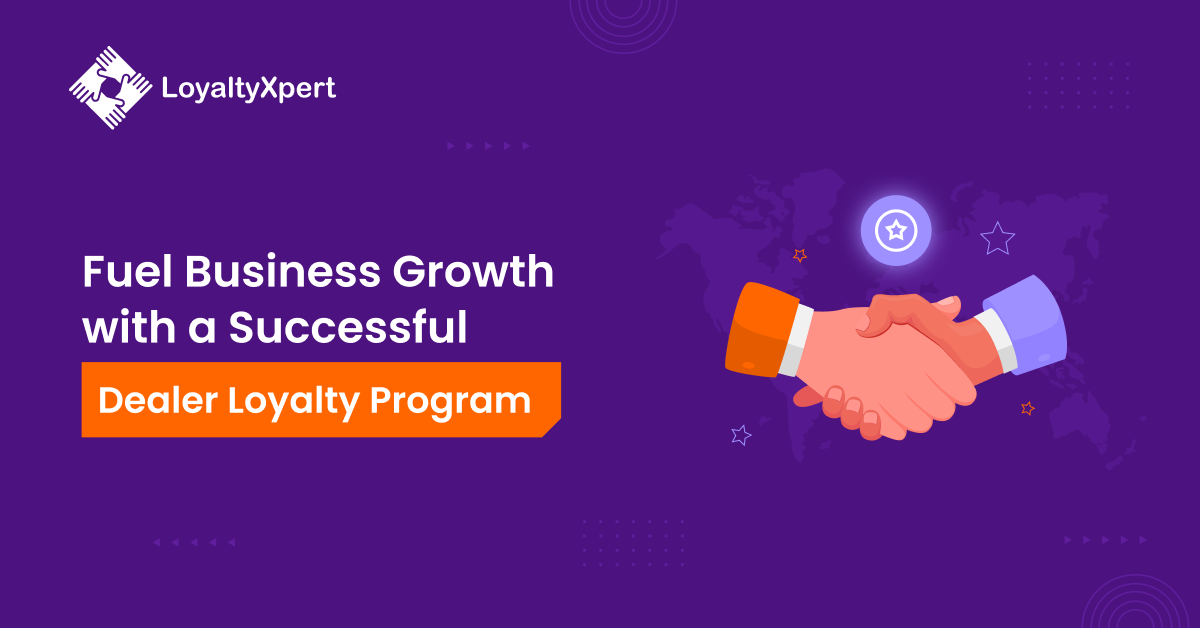
How Loyalty Programs Can Help in Boosting Lifecycle Marketing?
Author
admin
Published on:
Mar 7, 2022
Table of Content
- 1. Lure customers and entice them to make the first purchase
- 2. Make customers feel valued and special
- 3. Enhance customer lifetime value
- 4. Increase sales and revenues
- 5. High return on marketing investments
- #1. Potential customers
- #2. Active customers
- #3. Inactive customers
- #4. Engaged customers
- Stage 1: Attract prospectsâ attention and engage them
- Stage 2: Provide useful information and collect valuable insights
- Stage 3: Entice customers to buy and incentivize them to make repeat purchases
- Stage 4: Engage the customers and turn them into brand advocates
See How Our Loyalty Program Can Help You.
Let us guide you through our product features with Loyalty Experts
Gone are the days when a majority of people were loyal to their favorite brands for a long time. Contemporary customers, however, switch brands more frequently due to the sheer number of choices and more attractive offerings and prices.
Due to this, many businesses are finding it hard to retain their existing customers. With shortening customer lifecycle, effective loyalty program solutions can help in enhancing lifecycle marketing.
At LoyaltyXpert, we create innovative lifecycle marketing strategies to help brands attract and retain their customers in every step of the buyer’s journey. This blog post discusses the benefits of lifecycle marketing and how it can boost loyalty programs. Read on to know more.
Benefits of Lifecycle Marketing:
Lifecycle marketing has the following benefits:
1. Lure customers and entice them to make the first purchase
First things first, using a robust lifecycle marketing plan brands can attract their customers’ attention and entice them to make the first transaction. The first purchase is the key to repeat ones and a long-standing relationship.
2. Make customers feel valued and special
Most customers stop purchasing from a business if they feel that they are being neglected or undervalued. But the businesses that use lifecycle marketing strategies make their customers feel special and appreciated.
3. Enhance customer lifetime value
Lifecycle marketing strategies enhance customer lifetime value by retaining them for a longer time and encourage them to make repeat purchases through personalized loyalty programs, attractive offers, cross-sells, upsells, and upgrades.
4. Increase sales and revenues
With enhanced customer lifetime value and repeat business, lifecycle marketing enables brands to increase their sales and revenues. The more a business can retain its customers, the more products or services it will be able to sell and record growth in its top line as well as the bottom line.
5. High return on marketing investments
It’s a well-known fact that the cost of acquiring a new customer is five times more expensive than the cost of retaining an existing one. Lifecycle marketing strategies enable businesses to register a high return on their marketing investments.
Four Categories of Customers in Lifecycle Marketing
To create an effective lifecycle marketing technique, every business needs to categorize its customers first. Here are the four categories of customers:
#1. Potential customers
Also known as prospects, these are the target group who can benefit from your products or services. These people can be registered users, window shoppers, and website visitors.
#2. Active customers
These are the people who buy your products or services. They can range from being first-time customers, returning buyers who have made two or three purchases from your business, or frequent customers who have made more than three purchases.
#3. Inactive customers
These are the people who previously bought from you but have discontinued for some reason. They are more likely to stop and switch to another business. Only the right incentive will make them stick to your business.
#4. Engaged customers
These people are loyal customers who are unlikely to churn and have an exceptionally high lifetime value.
[pafe-template id=”9995″]
Different Lifecycle Marketing Stages
Here are the four stages of lifecycle marketing:
Stage 1: Attract prospects’ attention and engage them
The first stage is to attract the attention of potential customers as they know almost nothing about your business and its products or services. In this stage, building awareness of prospective customers and engaging them is the key to a successful strategy. Leveraging a wide range of marketing and advertising campaigns can help a lot. Using social networking platforms and other channels can go a long way in attracting the attention of the target audience.
When it comes to attracting attention and whetting the interest of potential customers, positive word of mouth and the approval of existing customers will matter a lot. Creating referral programs, requesting customers to leave positive reviews, and incentivizing them to spread the word about your business can be extremely beneficial.
Stage 2: Provide useful information and collect valuable insights
Once the potential customers know about your business and if they like a product or service, they will be interested to make a purchase. At this stage, they may be browsing your website, comparing prices, or deciding what products or services to buy. Providing them with useful information will help them in decision-making. Blogs, product descriptions, customer reviews, and other helpful information can convince them to buy from you.
Apart from providing all relevant information to customers, it is equally crucial to collect useful information from them. Provide small incentives for them to take part in surveys. Request them to fill up forms, which can offer valuable insights for personalization.
Stage 3: Entice customers to buy and incentivize them to make repeat purchases
This is the purchase stage, where potential customers know what they need and you just provide them with a strong reason to buy from you. After encouraging them to make their first purchase, find out ways to motivate them to buy more from your business. This is one of the most important stages in lifecycle marketing. There is a fine line between too much marketing and too little. Crossing that is detrimental for any business. A tiered loyalty program solution, free shipping, personalized newsletters, and more can maintain interest for a long time.
Stage 4: Engage the customers and turn them into brand advocates
The final stage is to engage customers, inspire loyalty, and convert them into brand ambassadors. This is where the first-time customers and active customers start to get loyal and brands take the steps to convert them into brand evangelists. Customers are more likely to lose interest if a business solely focuses on marketing its new products and services. To prevent that, companies must keep in touch with their customers and ask them to rate their previous experiences and feedback. When businesses take their feedback into account, customers feel valued and share their experiences with others as well in the form of reviews and referrals.
Taking everything into consideration,
Lifecycle marketing is the technique to attract and retain customers in every step of the buyer’s journey. By leveraging the right strategies, businesses can turn their new and inactive customers into brand advocates.
At LoyaltyXpert, we have helped many businesses with our customized and innovative lifecycle marketing strategies. If you want to retain your customers and make them loyal to your brand for a long time, contact us to know how we can help.


